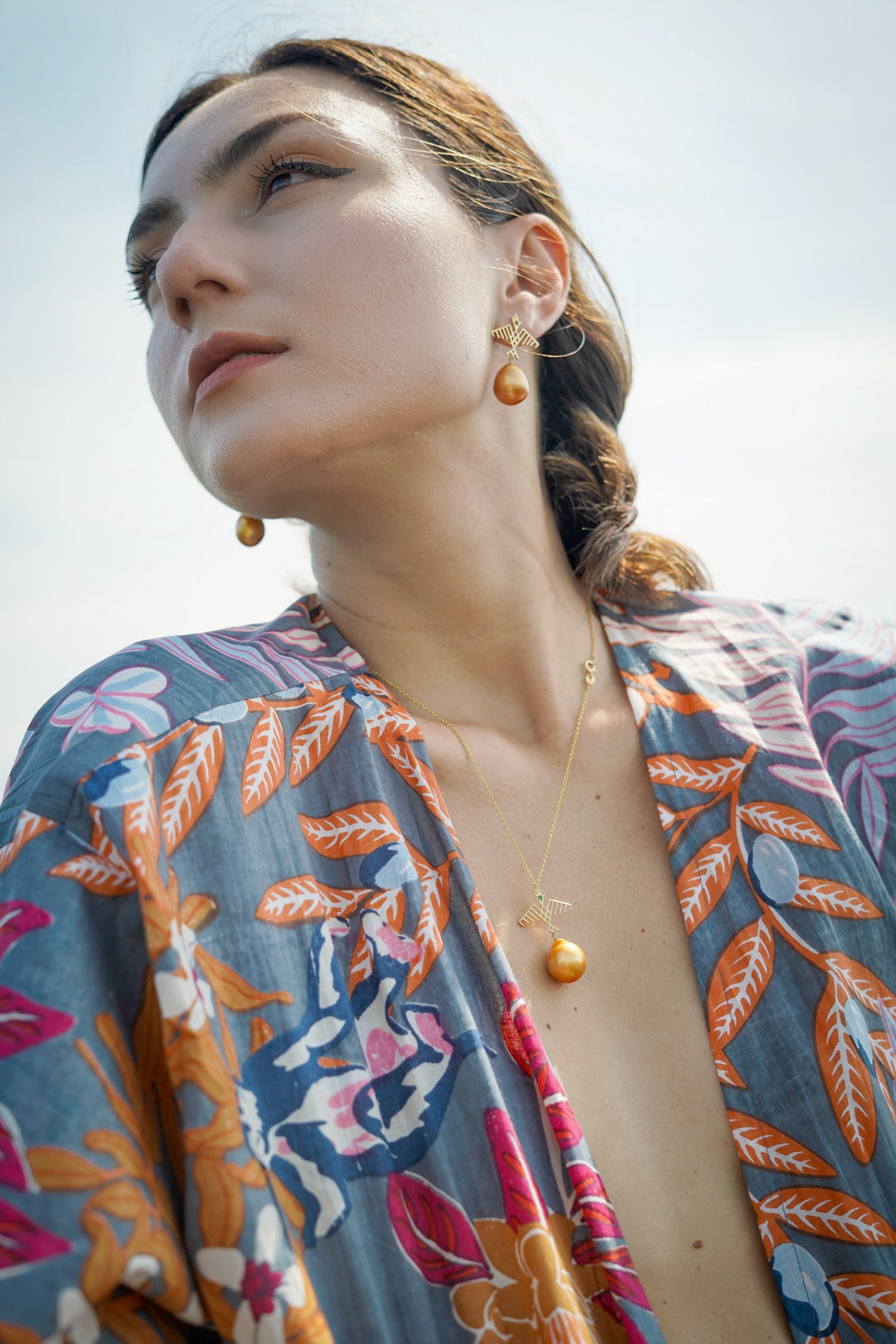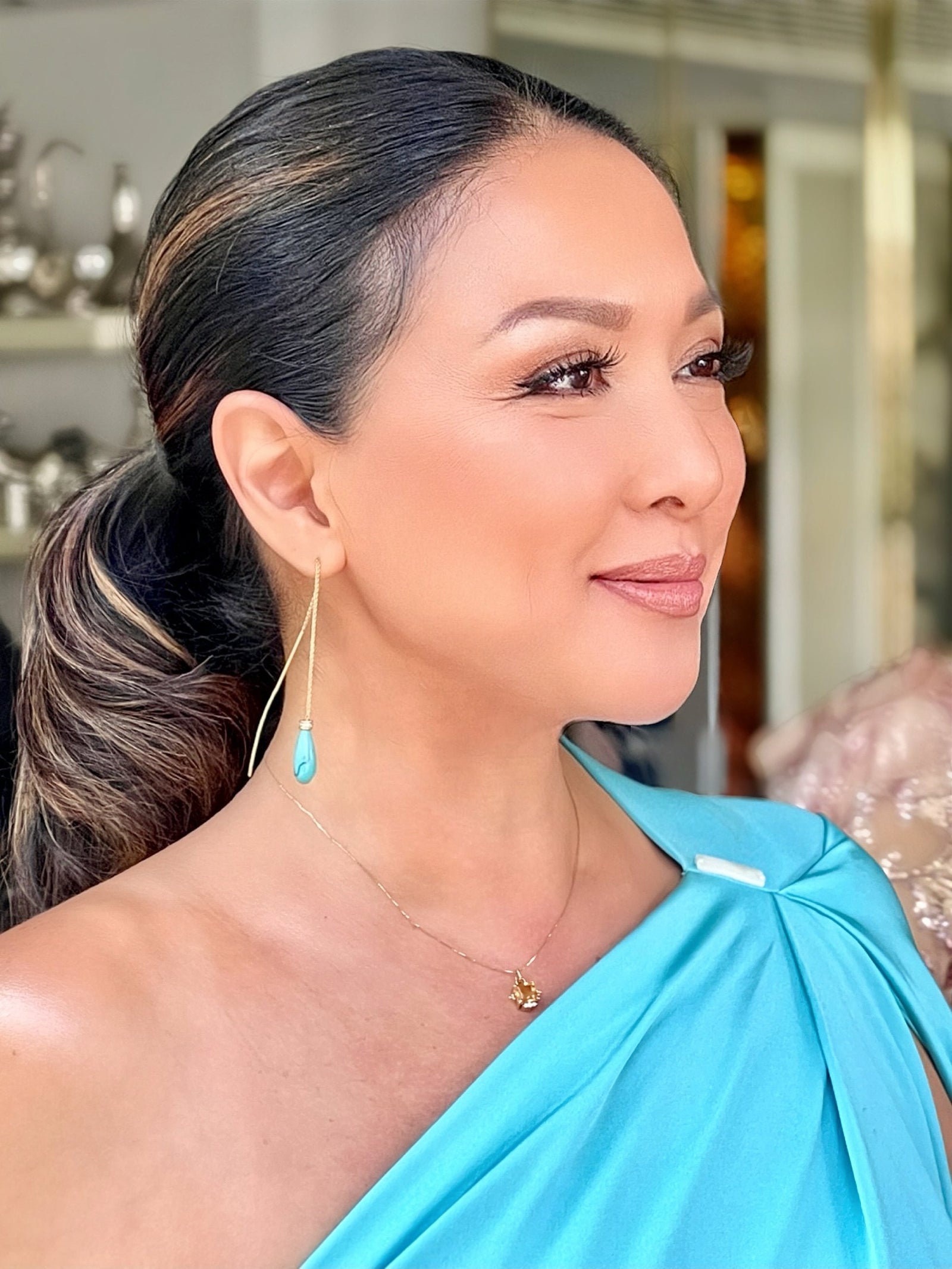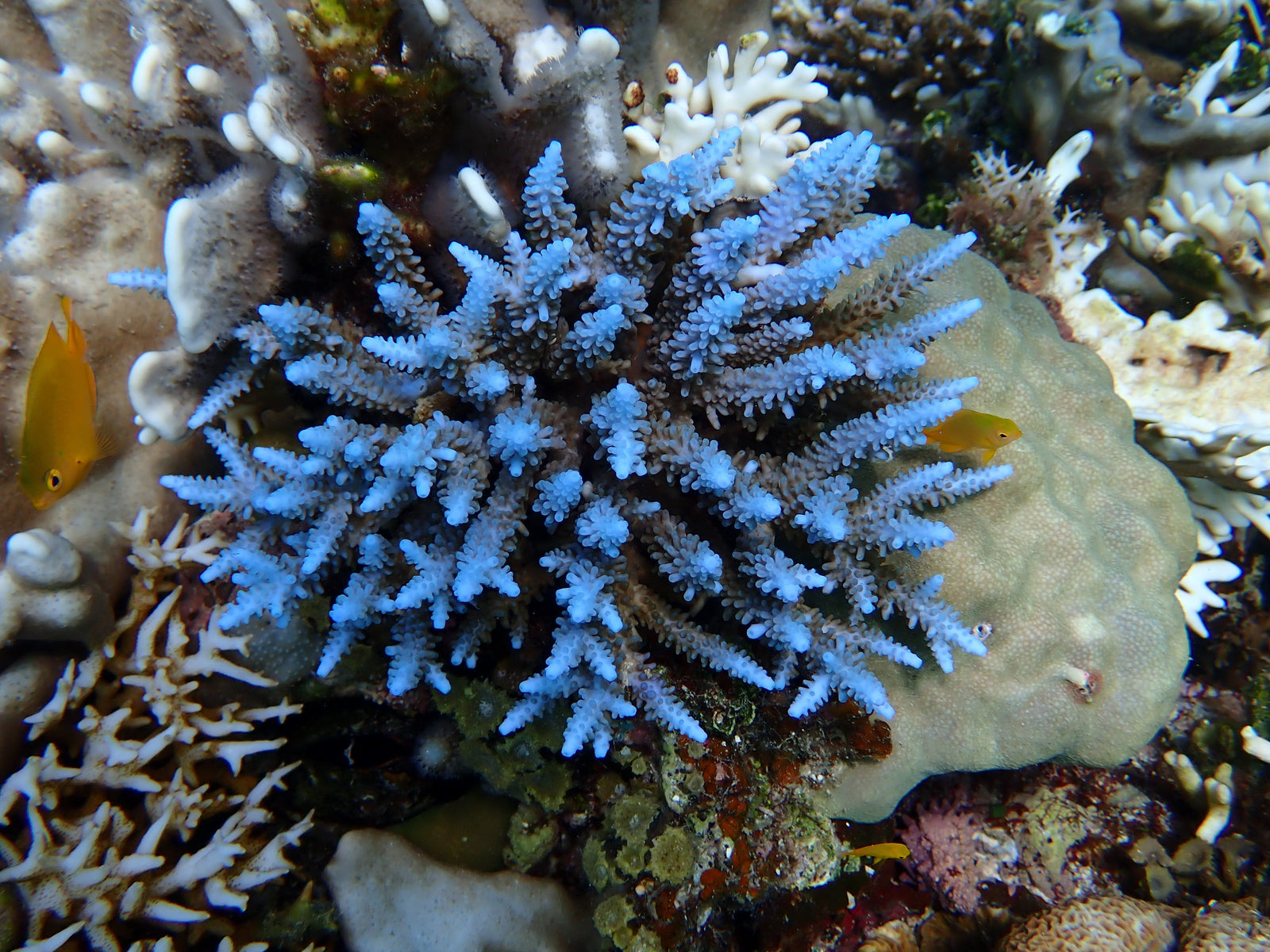A COLLECTION WOVEN BY ANCIENT MYTH, FOLKLORE, AND DREAMS
Inspired by Quesha people of the Andean highlands in Peru, the latest collaboration of ARAO X JOANIQUE unveils a new chapter to the Alchemy series. Apart from being an ancient tribe that has long served as the backbone of Andean agricultural civilization, Quesha or “Runasimi” is also the unifying language of the Inca Empire some 600 years ago.
LIke Quesha, dreams may also be considered a universal means for communication or exchange. In one’s deep slumber, dreams visit us with messages from our subconscious–or in the context of deep spirituality, from the higher self. When shared from within a tight circle of like-minded individuals or kin, dreams also serve as both a unifying language and North Star.

In Quesha culture, dreams are often chronicled through patterns, handwoven into textiles. JOANIQUE Founder and Creative Director, Malou Araneta, explains: “Quesha symbols or designs are inspired by nature. Some are based on myth, folklore, while others are symbolic of dreams.” Following a trip to the Peruvian highlands, the founder and creative director thought to reimagine Quesha woven dreams into pieces of fine jewelry, punctuated by ARAO’s iconic South Sea pearls.

As it is in other parts of the world, pearls are regarded in Peruvian culture as nature’s most precious gift. True to the brand’s ethos for creating modern classics, ARAO interprets the region’s age-old myths, folklore, and legend through fine jewellery pieces that bridge the past with the present. This much awaited merging of two like-minded brands also brings together sensibilities of South East Asia and South America. ARAO Founder Mirabel Rosar shares, "I was inspired to collaborate with Joanique’s founder, Malou Araneta, because we share the same practice of self-discovery and realisation, that is through dream weaving. It is no surprise when I asked Malou to design fine jewellery for ARAO, she was motivated by her recent trip to Peru and the Quesha people, who literally would weave their dreams. Ours is a marriage of two brands who dare to dream and make it a reality."
ARAO X JOANIQUE honors the rich traditions of highlands. It also celebrates the natural wonder and treasures of the ocean’s deepest depths. It’s a collection that enriches modern living with inspired myth, infuses fine jewellery with folklore, and brings dreams to reality.

INTI [Sun] is one of most important symbols in Quesha culture that pays reverence to “the god that looks over and takes care of people on earth.” In the context of this collaboration, it is the Peruvian counterpart of the word, ARAO, which is Filipino for sun.
An excerpt from The Children of the Sun: Inca
In older times, there were people who lived like wild animals. They lived without any clothes (other than animal skins), without housing, and without any cultivated food. They lived in small groups and lived off any food they could find, like berries or grass, and sometimes human flesh. Father Sun pitied these humans and decided to send one of his sons, and daughters down to earth on Lake Titicaca to teach the people how to live a better life. His son was named Manco Capac, and his daughter was Mama Ocllo Huaco.
Before his children left Father sun told them how much he provided these people, and that his light gives them warmth, and comfort but also the ability to grow food with his sunshine and rain. And yet his efforts are not good enough because they still don't make clothes, grow food, and are still not civilized. So father sun makes them the rulers of Lake Titicaca and instructs them to rule the people as a father would his children.Father Sun provides his children with a golden rod that is only two fingers thick and shorter than an arm of a man that will tell if the soil is good for crops in one thrust in the ground. When they find that land they will establish Father Sun's sacred city; Cuzco, city of the sun.

PILHPINTU [Butterfly]symbolizes divine guidance towards a transformation of heart and mind.
An excerpt fromThe Wings of a Butterfly: A Tale of the Amazon Rainforest
Quickly wiping her eyes, Chimidyue looked up. On a branch of the kapok was a morpho butterfly, the largest she had ever seen. It waved at her with brilliant blue wings.
“Oh, grandmother,” said Chimidyue, “nothing here is what it seems. Everything changes into something else!”

“Dear Chimidyue,” said the butterfly gently, “that is the way of the forest. Among your own people, things change slowly and are mostly what they seem. But your human world is a tiny one. All around it lies a much larger world, and you can’t expect it to behave the same.”
“But if I can’t understand the forest,” cried Chimidyue, “how will I ever get home?”
“I will lead you there myself,” said the butterfly.

QUINTU [Sacred Leaves]is a sacred tradition in Andean culture that celebrates the sharing of coca leaves as a means for expressing respect, gratitude and kinship.
Excerpts fromThe Legend of a Coca Goddess
At the beginning of the Inca empire, a beautiful and unusual woman appeared with green skin, even darker green hair, and eyes the color of almonds that could seduce anyone who saw her.
This young woman moved from place to place freely sharing her love. Whoever saw her or enjoyed her silky skin fell in love with her beauty. But she never returned to the same place and left them prisoners of love.
These events reached the ears of the Inca emperor, who ordered the priests to bring her to the court. It’s said that he was instantly fascinated by her charm. The priests noticed this, and advised him to be strong, and said that he should kill her.
Sometime later, where they had buried parts of her body, a strange plant appeared of the same green color as her skin, with leaves the shape of her eyes and foliage a likeness to her hair.
The priests ordered the collection of the leaves and brought them to the Inca emperor, who suffered great sorrow, missing her terribly. As soon as he saw the strange leaves, he felt an overwhelming desire to chew them and, as he kept chewing them, slowly his sadness and great sorrow disappeared. And when the Inca asked for the name of the plant, they replied ‘Koka.’

T’IKA [Flower]is a revered symbol in Peruvian spirituality and history. La Flor dela Cantua, more specifically, is a national symbol that represents peace and unification.
An excerpt from An Inca Legend: A Tale of Two Peruvian Kings
The inca legend tells the story of two kings who went to battle and wounded each other to death. Their sons continued to avenge each of their fathers but in the end forgave each other before dying.
The sons were buried together, when Mother Earth appeared to them and made their fathers’ stars fall from the sky. This resulted in the two highest mountains of the Andean Plateau.
Now, they believe that when the snow-capped peaks of the mountains melt, the streams are the fathers’ tears. And so, these streams run through the valleys wherela flor de la cantuta grows.

KUNTUR [Condor] is one of the most resonant figures in Incan Trilogy, representing the god of the “upper world.” It is said that condor sightings are a means for the gods to help humans find their way.
An Excerpt from the Inca Prophecy of the Eagle and Condor
We have been waiting 500 years. The Inca prophecies say that now, in this age, when the eagle of the Norhtland and the condor of the South fly together, the earth will awaken. The eagles of the North cannot be free without the condors of the South.







